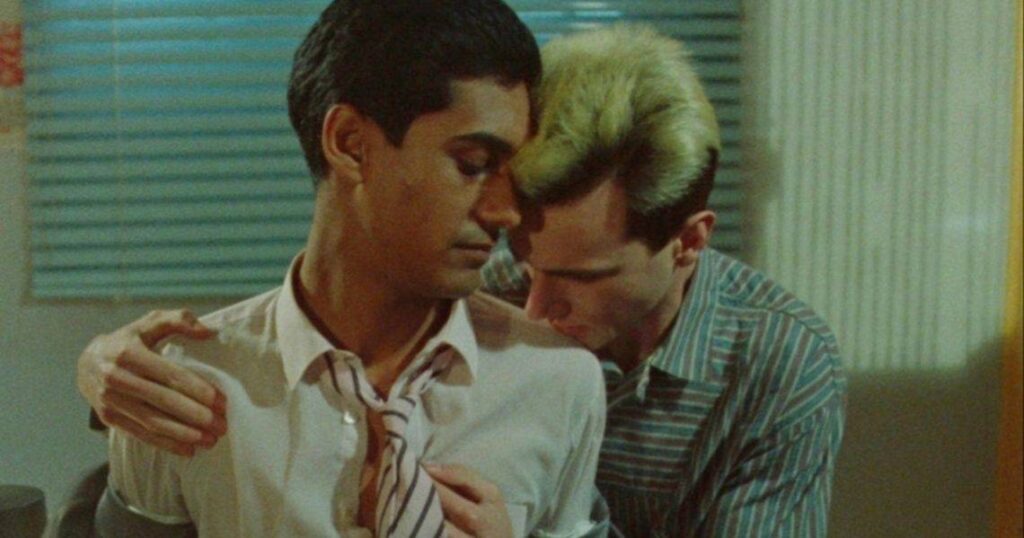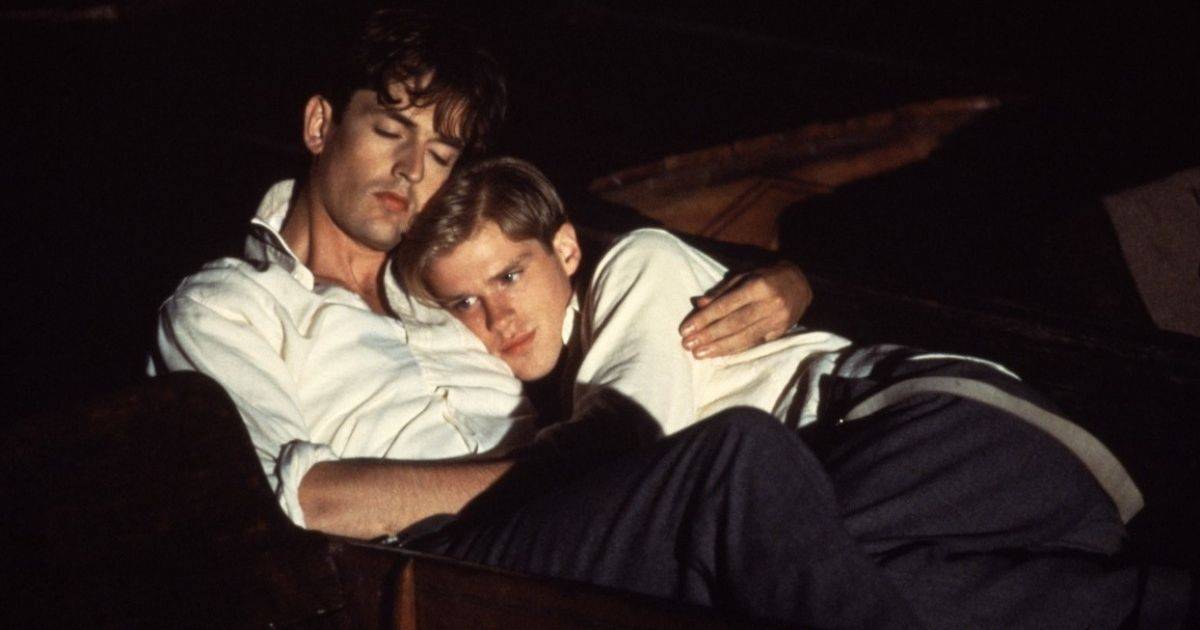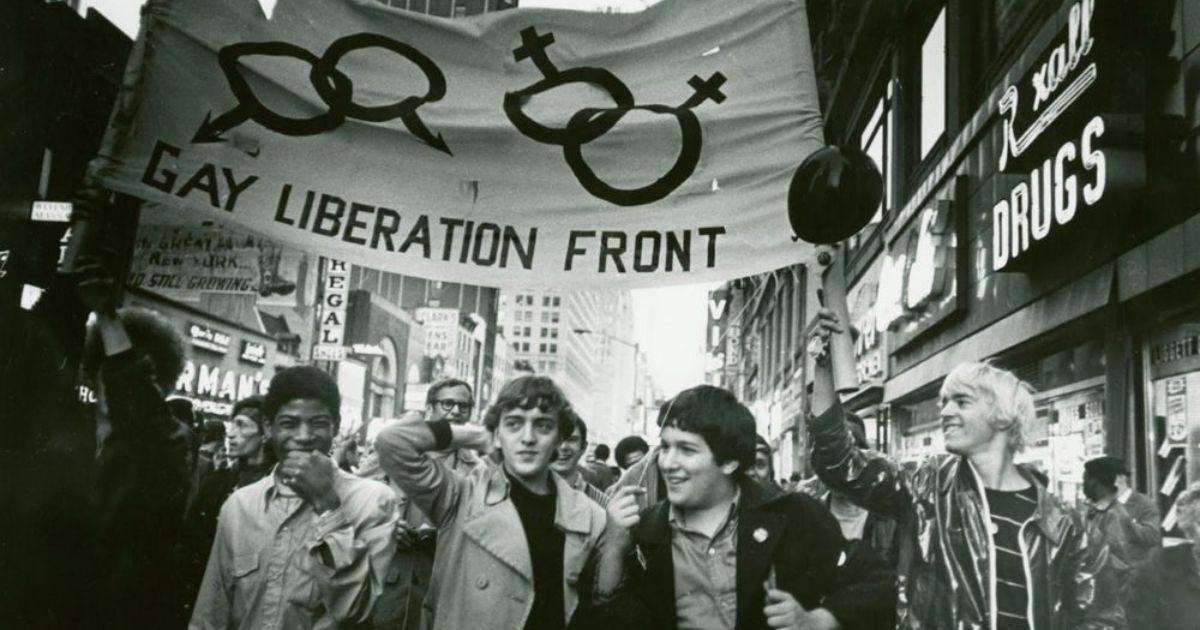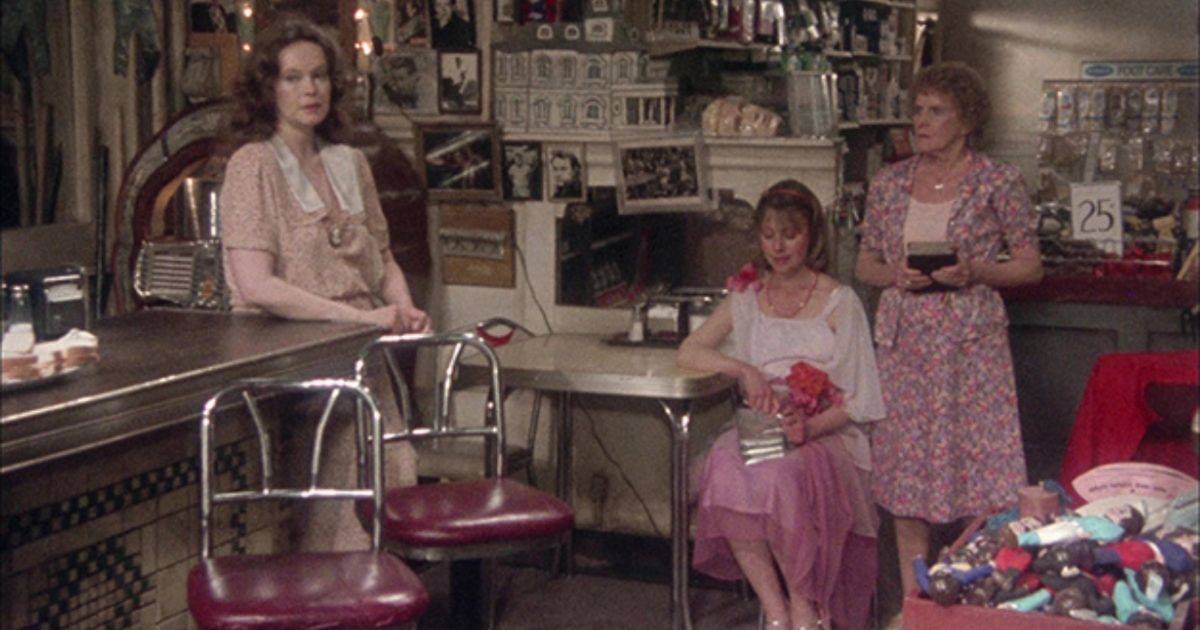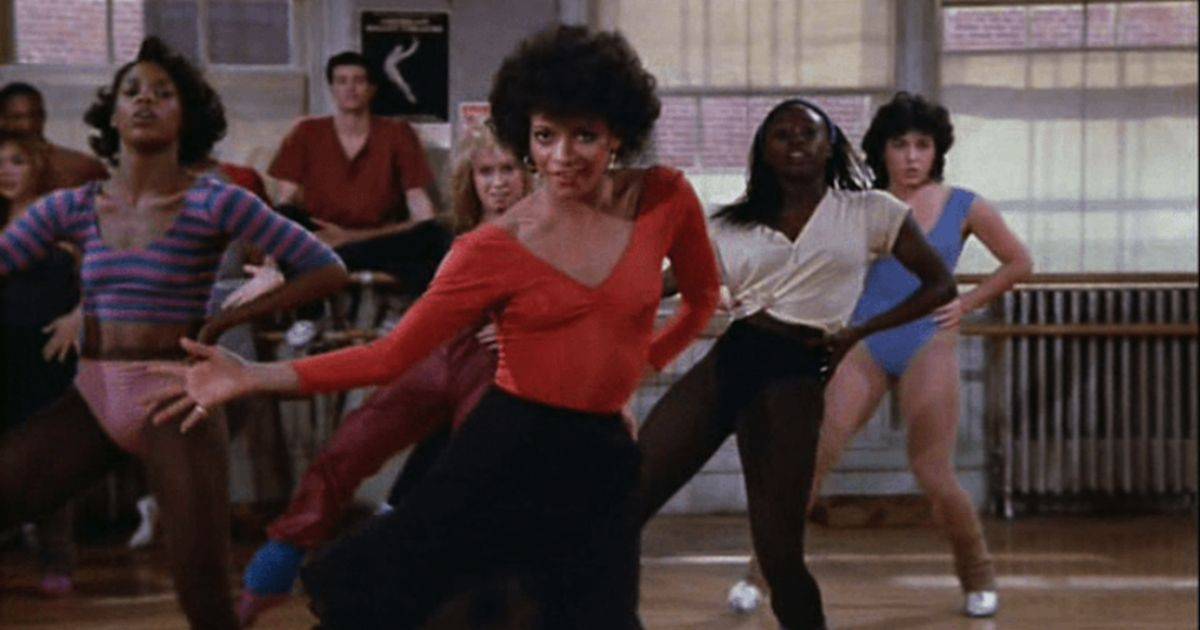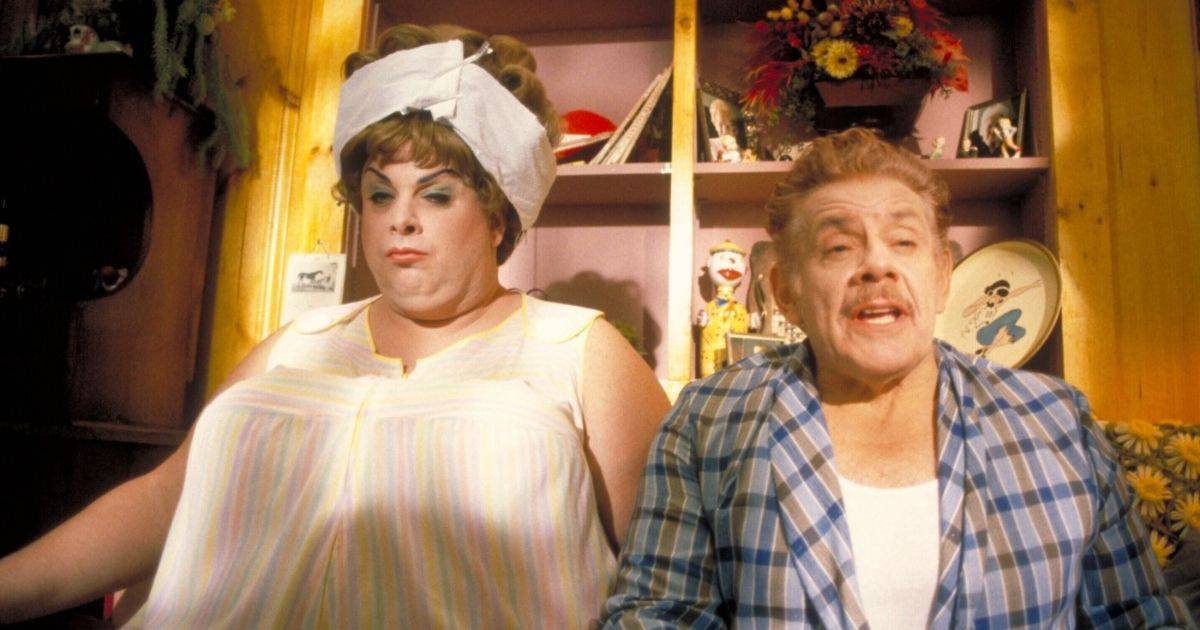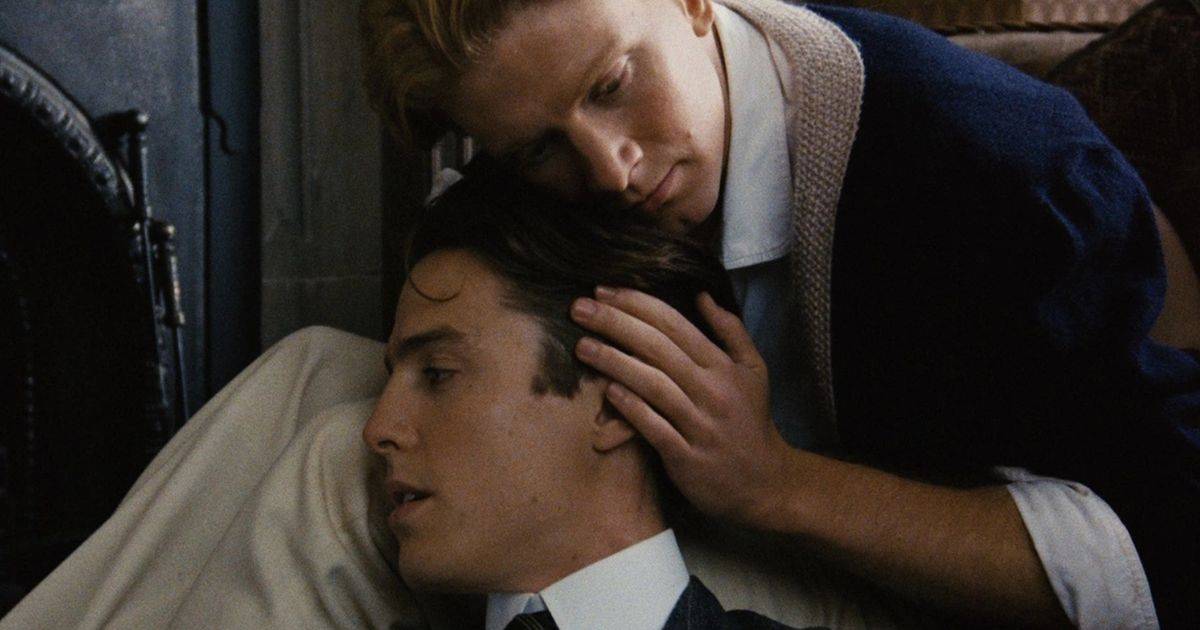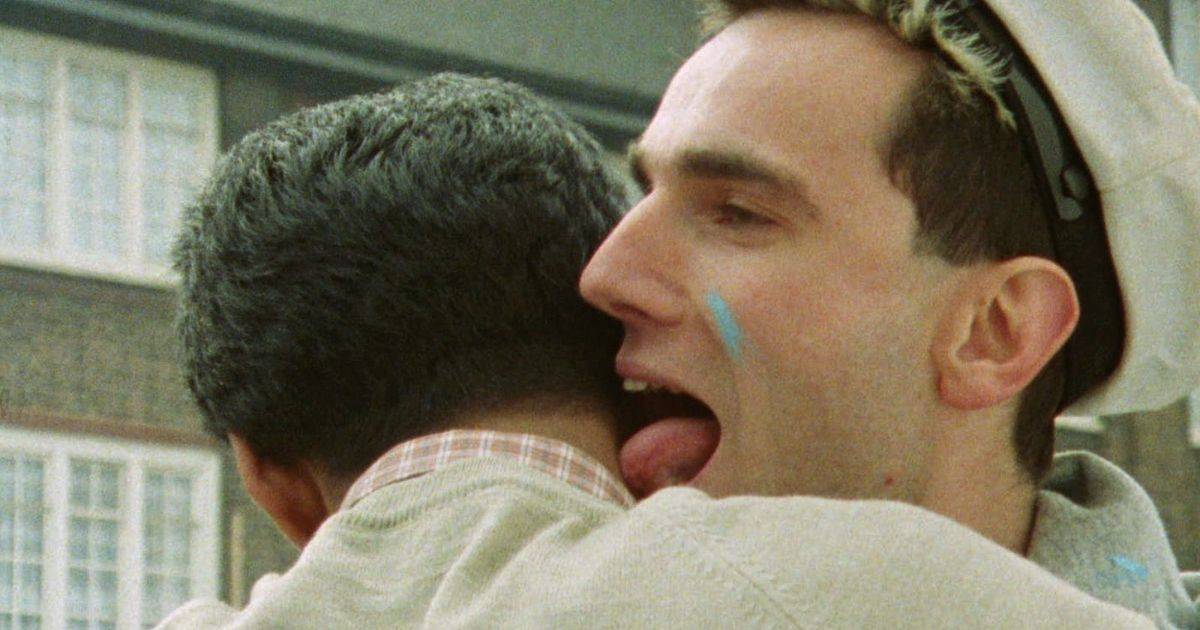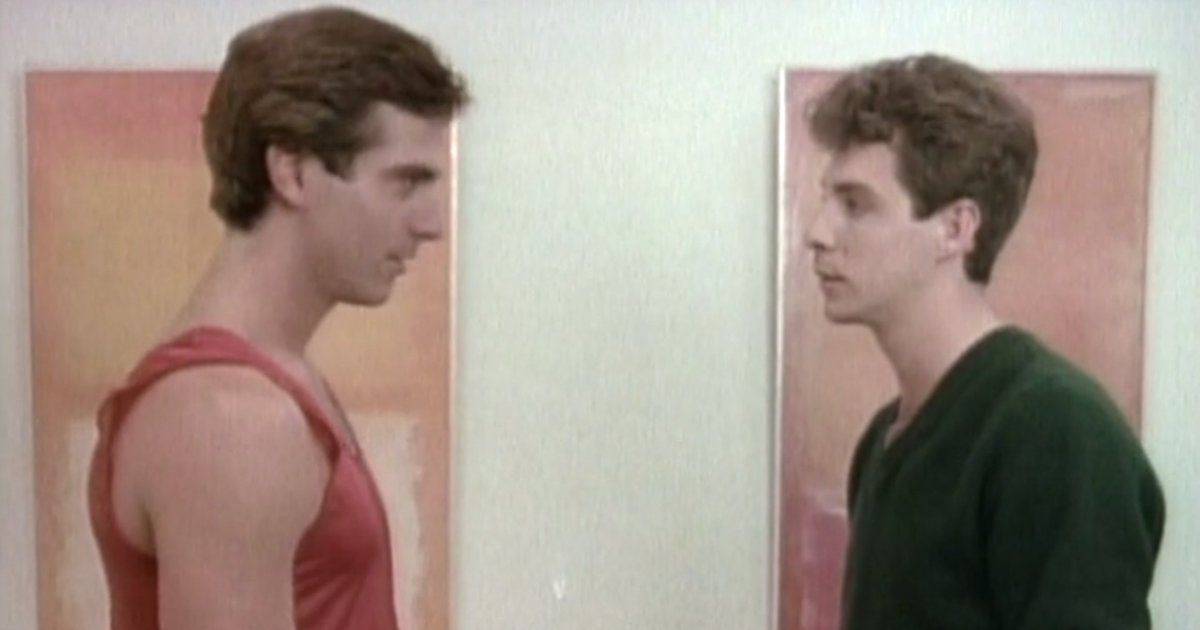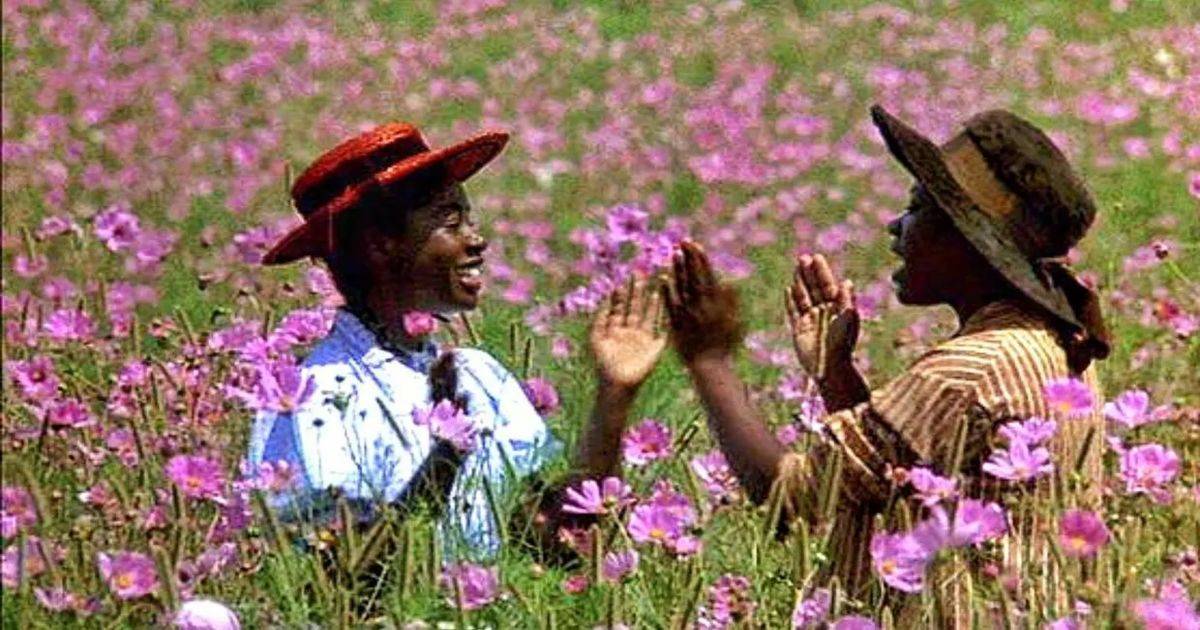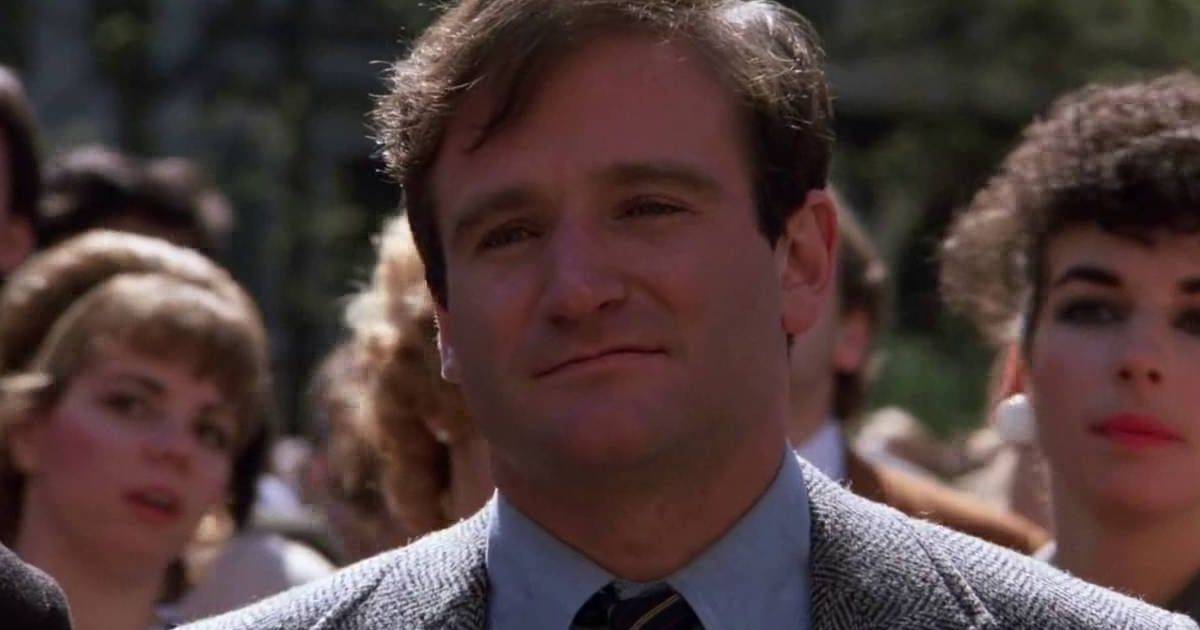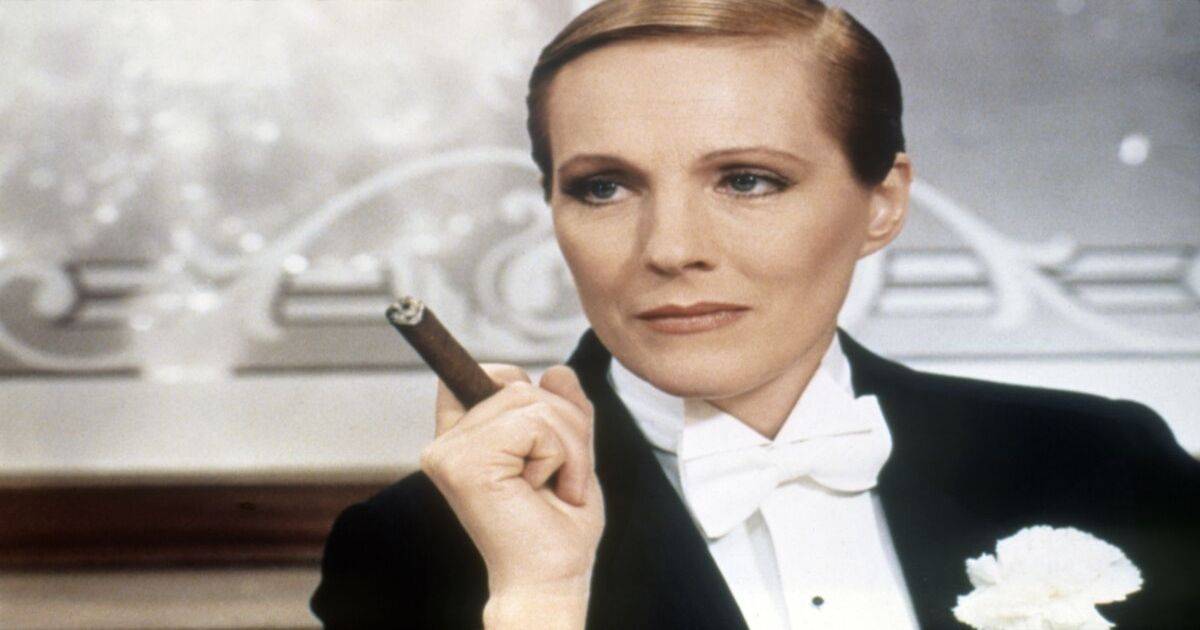The 1980s were a thrilling decade for movies. Movies were being produced on a cheaper budget as the number and significance of independent studios increased. As a result of the reduced expenditures and smaller audiences needed to recoup the investment, a wider variety of tales were being produced and novel methodologies were being investigated. As it was less important for movies to appeal to the widest audience possible, these small studios were more willing than ever to take a chance on LGBTQ+ tales. As a result, some of the community’s most well-known films come from the 1980s.
The aesthetics of the 1980s produced lovely and endearing filmmaking that goes beyond merely queer cinema. The films of this era have a whimsical quality to both the style and the plot that makes for campy and enjoyable films without sacrificing authenticity and heart. The movie Hairspray by John Waters is the ideal illustration of how to strike a balance between truly subversive decisions that are occasionally shocking but do not sacrifice the watchability of the film. One of the top LGBTQ+ films from the 1980s, which are ranked below, is only this one.
Another Country (1984)
The intriguing tale of Guy Burgess, a British diplomat who was secretly a Soviet spy, is part of the movie Another Country. Guy, who is portrayed by Rupert Everett, is discovered at his exclusive school, where he is good friends with Tommy Judd (played by Colin Firth). Due to their mutual otherness—Guy for his sexuality, and Tommy for his Marxist political beliefs—the two ended up being friends, largely by accident. It’s a captivating look at how wealth, politics, and sexuality connect in upper-class British society; despite the fact that they are largely left alone, the events that occur here cause Guy to become disillusioned with Britain and yearn to move east to the U.S.S.R.
Before Stonewall (1984)
A documentary titled Before Stonewall attempted to chronicle what it was like to be LGBTQ+ before the Stonewall riots. The film, which was co-directed by Greta Schiller and Robert Rosenberg, is a crucial collection of priceless interviews and missing archival material. The fact that the directors talked to several women and people of colour is extremely noteworthy because those are voices that are typically ignored. The film “stands the test of time” according to Schiller in an essay for Women and Hollywood because of their focus on (what is now called) intersectionality, which is crucial in these projects.
Come Back to the 5 & Dime Jimmy Dean, Jimmy Dean (1982)
Another early example of a trans woman being shown on screen is Jimmy Dean from the movie Come Back to the 5 & Dime. A James Dean fan club that reunites 20 years after his passing is the subject of the narrative. Their interactions and resentments are fleshed out by the time we spend with them both in the present and in the past. There are instances with Joanne, the trans character, where the language and expression are definitely different from what we could anticipate today. Joanne is yet nevertheless nuanced, compassionate, and authentic. It’s crucial to note that while some portions of all these tales may seem old, they also accurately portray many people’s experiences and realities.
Desert Hearts (1985)
Everyone has dreamed of the cowboy-booted lesbian romance, but few people are aware that it exists. Vivian, a professor who travels to remain on a ranch while she waits for her divorce to be finalised, is the main character of the novel. She meets Cay there, the daughter of the ranch owner, and finds herself attracted to her. The two become more intimate as Cay helps Vivian come out of her shell and loosen up. Like Maurice, the romance is beautiful to see develop and ends happily.
Fame (1980)
The first Fame is brimming with vigour and charm. It comes as no surprise that the performance moments in this account of the lives of students in a performing arts school are excellent. But, you might not have imagined them to be this amazing. There aren’t many movies that manage to have this kind of powerful, gripping atmosphere. The episodic plot, which spans each of the four years of high school, is simple, but the life arcs that the students pursue are not. This is the perfect amount of intensity and theatricality for those who enjoy theatre.
Hairspray (1988)
The renowned John Waters film Hairspray is on the other end of the LGBT film spectrum. His bold and (sometimes) unsettling films are well-known, yet Hairspray is his most approachable production. In it, Tracy Turnblad battles for racial integration and the title of “Miss Car Show.” Legends like Sonny Bono, Divine, and Debbie Harry appear in this campy, funny, and bold film. Hairspray’s enduring cult status and place in LGBT history are abundantly obvious.
Maurice (1987)
On E.M., Maurice is based. The same-titled book by E.M. Forster, which was released after his death to avoid prosecution for featuring a gay romance with a happy conclusion. Hugh Grant, James Wilby, and Rupert Graves all appear as Maurice, Clive, and Scudder respectively. There is nothing to hate about this book because of the unusual and interesting plot. The relationships in the film are equally well conceived and the film is beautifully photographed. This movie, which gives Forster and his novel justice, has clearly been produced with care. Given that the work was published in the early 1900s, it is especially vital to celebrate the victory of this upbeat conclusion.
My Beautiful Laundrette (1985)
While ranking LGBTQ+ films from the 1980s, My Lovely Laundrette must take first place. It doesn’t get much more 80s than this, from Daniel Day-frosted Lewis’s tips to the soundtrack’s bubble sound effects. In the middle of Thatcher’s tenure as Prime Minister, Omar (Gordon Warnecke) and Johnny (Day-Lewis) operate a laundrette. This article discusses the period of intense racism and classism that she brought about under her rule. The effortlessness of the romance and the relevance of the class debate are both emphasised by director Stephen Frears’ statement to The Guardian that “If you’d asked me what was essential about the film, I’d have replied economics, since the homosexual element was actually fairly straightforward.”
Parting Glances (1986)
Parting Glances, which came out in 1986, was one of the first motion pictures to honestly and sensitively address the AIDS crisis. The main characters of the film are Michael, Nick, who has AIDS, and Robert, his partner. The compassion and warmth of the interactions in this film, both romantic and platonic, adds to the immersive quality of Parting Glances. It is extremely rare to find a film on the AIDS crisis that was written and directed by someone who was personally impacted by it (Bill Sherwood) and was produced at the same time.
The Color Purple (1985)
Whoopi Goldberg, Danny Glover, and Oprah Winfrey all appear in Steven Spielberg’s adaption of The Color Purple. Based on Alice Walker’s famous novel, Celie is a Black lady in the American south who is seeking freedom from the torture she has endured her entire life. In the gloomy story, Celie’s friendship with Shug, another woman, offers brief moments of relief, and these tender moments stand out. Even while the film is far from perfect, it nevertheless manages to be deeply emotional. The theatrics in this scene merely cemented The Color Purple’s status in the 80s film canon.
The Hunger (1983)
The Hunger places Susan Sarandon, David Bowie, and Catherine Deneuve in a vampiric love triangle in a wonderful example of 1980s kitschy aesthetic. The vampire played by Deneuve, Miriam, has grown weary of Bowie’s portrayal of John, her life supply. John knows he only has a little time to live if he isn’t Miriam’s blood source, so he asks Sarandon’s Sarah for assistance, who then becomes enchanted by Miriam. Although one could argue that The Hunger places more emphasis on style than on content, the style in question is nevertheless very pleasant. The 90-minute runtime prevents any of the performers from overstaying their welcome despite the fact that they are all superb in their roles.
The World According to Garp (1982)
This film, The World According to Garp, is intriguing and eccentric. As a mother and son team, T.S., Robin Williams and Glenn Close are featured. Jenny and Garp Fields. They both want to be writers, but Jenny is more successful and uses her earnings to start a women’s centre. This causes a plethora of women to enter and leave Garp’s life, most notably the trans woman Roberta Muldoon. Although though Roberta’s portrayal has shortcomings, it helps that she plays a significant role in this film and is given a lot of nuance and depth. She is not a stereotype or a danger to anyone, which makes her a significant character in LGBTQ+ film.
Victor/Victoria (1982)
Julie Andrews is identified by Victor/Victoria as Victoria Grant, a vocalist who is having problems finding work. So, her response is to pose as a man and work as a female impersonator. Things become problematic when a businessman falls for Victoria’s persona. What makes it so pleasant is Julie Andrews’ performance and the film’s lighthearted approach to gender and gender presentation. It perfectly captures the unique qualities that make this particular period of cinema so enjoyable and endearing.

